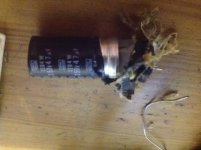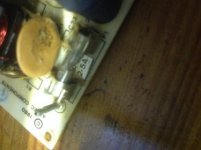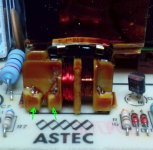Gary C
Veteran Member
Well, might have taken on a bit. Not only have I just got a TRS-80 model 4 ive not been brave enough to switch on, I have just received an Apple II europlus that needs a bit of tender care.
Opened up the PSU for an inspection and its decorated with capacitor remains ! so some work before I even turn it on.
Anyone have a good circuit diagram for the PSU
Opened up the PSU for an inspection and its decorated with capacitor remains ! so some work before I even turn it on.
Anyone have a good circuit diagram for the PSU




